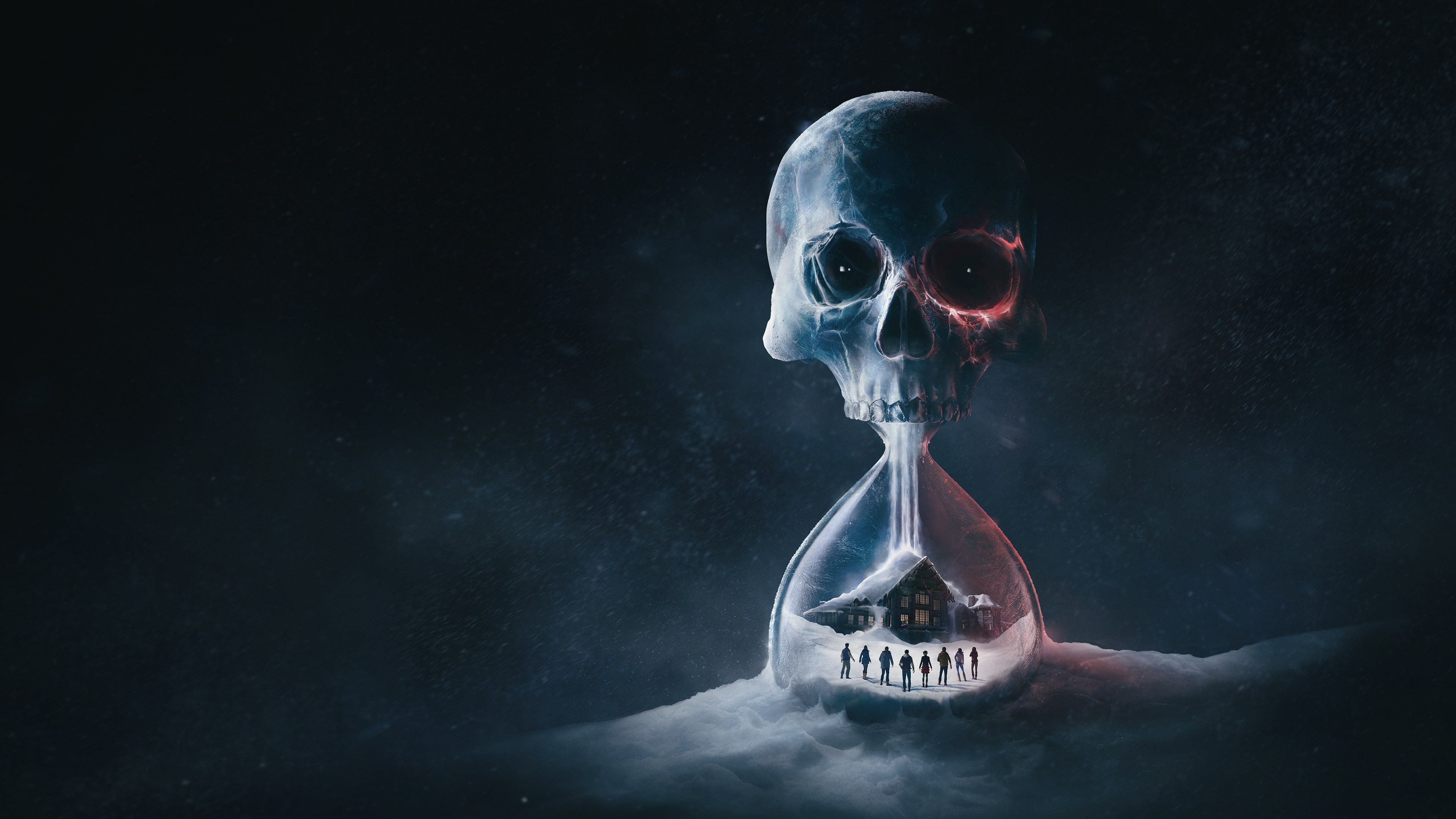
The 2025 film adaptation of Until Dawn, directed by David F. Sandberg (Lights Out, Annabelle: Creation), reimagines the 2015 interactive survival horror video game as a time-loop slasher flick. While the original PlayStation game, co-written by horror veteran Larry Fessenden, thrived on its choose-your-own-adventure mechanics and butterfly effect system, the movie opts for a standalone narrative set in the same universe. With a promising premise and a talented cast, Until Dawn aims to deliver a bloody, genre-savvy experience but stumbles under the weight of its muddled execution and lackluster character development.
Plot: A Time-Loop Nightmare in a Haunted Valley
The story follows Clover (Ella Rubin), a young woman grappling with the mysterious disappearance of her sister, Melanie (Maia Mitchell), who went missing a year prior. Accompanied by her friends—ex-boyfriend Max (Michael Cimino), spiritual Megan (Ji-young Yoo), Nina (Odessa A’zion), and Nina’s new boyfriend Abe (Belmont Cameli)—Clover ventures into Glore Valley, a remote town with a dark history of vanishings. After a creepy encounter with a gas station attendant (Peter Stormare, reprising his role as Dr. Alan J. Hill from the game), the group finds shelter in an abandoned visitor center during a storm.
It’s not long before a masked killer begins hunting them, dispatching the group in gruesome ways—only for them to wake up at the start of the evening, trapped in a time loop. Each night brings a new threat, from slashers to wendigos, zombies, and even explosive supernatural phenomena. With a limited number of “lives” and cryptic clues about surviving until Dawn, the group must uncover the valley’s secrets and confront their fears to escape the cycle.
The Good: Gory Fun and Creative Kills
Until Dawn shines brightest when it leans into its B-movie roots. Sandberg, returning to horror after his Shazam! Detours brings an evident love for the genre, delivering visceral, practical, effects-driven gore that horror fans will appreciate. The kills are inventive and brutal—think exploding limbs, sledgehammer face-smashing, and a particularly memorable sequence involving contaminated water that evokes Scanners. These moments provide the kind of twisted glee that makes horror a communal theater experience.
The time-loop concept, while not entirely original (drawing comparisons to Groundhog Day, Happy Death Day, and The Final Girls), adds a fresh twist to the slasher formula. The shifting threats each night keep the narrative unpredictable, and the film’s meta-commentary on horror tropes—characters acknowledge their predicament resembles “those movies”—adds a layer of self-awareness, though it doesn’t always land.
Ella Rubin delivers a standout performance as Clover, capturing both vulnerability and unhinged determination as the de facto final girl. Peter Stormare’s eccentric Dr. Hill, a psychologist obsessed with fear, steals scenes with his snarling intensity, though his role feels underutilized. The production design, from the eerie visitor center to the shadowy mining tunnels, creates an immersive, claustrophobic atmosphere, enhanced by Maxime Alexandre’s moody cinematography.
The Bad: Muddled Narrative and Shallow Characters
Despite its promising setup, Until Dawn struggles to maintain coherence. The time-loop mechanic, while intriguing, lacks consistent rules, leaving viewers confused about why the threats change or how the loop operates. Explanations involving Dr. Hill’s experiments, supernatural curses, or Clover’s trauma feel haphazard, undermining the stakes. The script, penned by Gary Dauberman and Blair Butler, juggles too many horror subgenres—slasher, creature feature, psychological horror—without fully committing to any, resulting in a disjointed experience.
Character development is another weak point. While the cast is likable and their chemistry decent, the script gives them little to work with beyond archetypes: the grieving leader (Clover), the loyal ex (Max), the skeptic (Abe), the spiritualist (Megan), and the quippy friend (Nina). Their backstories—particularly Clover’s anxiety and grief—are introduced but never explored meaningfully, making it hard to invest in their survival. The film’s attempt to weave in themes of trauma and fear feels heavy-handed and unresolved.
For fans of the game, the adaptation may disappoint. While it includes Easter eggs and references (wendigos, Dr. Hill), it abandons the game’s snowy mountain setting, butterfly effect choices, and playful tone for a more generic, self-serious approach. The absence of the game’s emotional depth and player-driven narrative leaves the film feeling like a pale imitation, a sentiment echoed in online discussions.
Critical Reception: Mixed Feelings
Until Dawn has garnered mixed reviews, with a 52% score on Rotten Tomatoes and a 47/100 on Metacritic, reflecting its polarizing reception. Critics praise its gore and ambition but criticize its weak script and lack of originality. The Los Angeles Times called it “bloody if lightweight fun,” while The A.V. Club labeled it “an insulting parade of tedium.” Audience reactions vary, with some enjoying the scares (CinemaScore: C+) and others finding it forgettable compared to the game.
Final Verdict: A Flawed but Entertaining Horror Romp
Until Dawn is a mixed bag—a gory, briskly paced horror flick that delivers enough scares and creative kills to satisfy casual genre fans but falters with its convoluted plot and shallow characters. Sandberg’s enthusiasm for horror is evident, and the time-loop premise offers flashes of innovation. Still, the film never fully capitalizes on its potential. For those unfamiliar with the game, it’s a passable, if unremarkable, slasher. For fans of the original, it’s a frustrating departure that might leave you yearning to replay the game instead.
Rating: 2.5/5 Stars
If you’re craving a no-frills horror experience with popcorn-spilling jump scares Until Dawn might scratch the itch. But if you’re expecting the depth of the game or a cohesive narrative, you may want to wait for Dawn to break elsewhere. Available in theaters and on PVOD now.
Directed by David F. Sandberg | Written by Gary Dauberman and Blair Butler | Starring Ella Rubin, Michael Cimino, Odessa A’zion, Ji-young Yoo, Belmont Cameli, and Peter Stormare | Rated R | Runtime: 1h 43m